With its jaws open wide, this Grizzly bear is just waiting for a leaping salmon to jump right in for a fish supper.
Taken by British snapper Nick Dale, the picture was highly commended in the Wonders of Wildlife photographic competition.
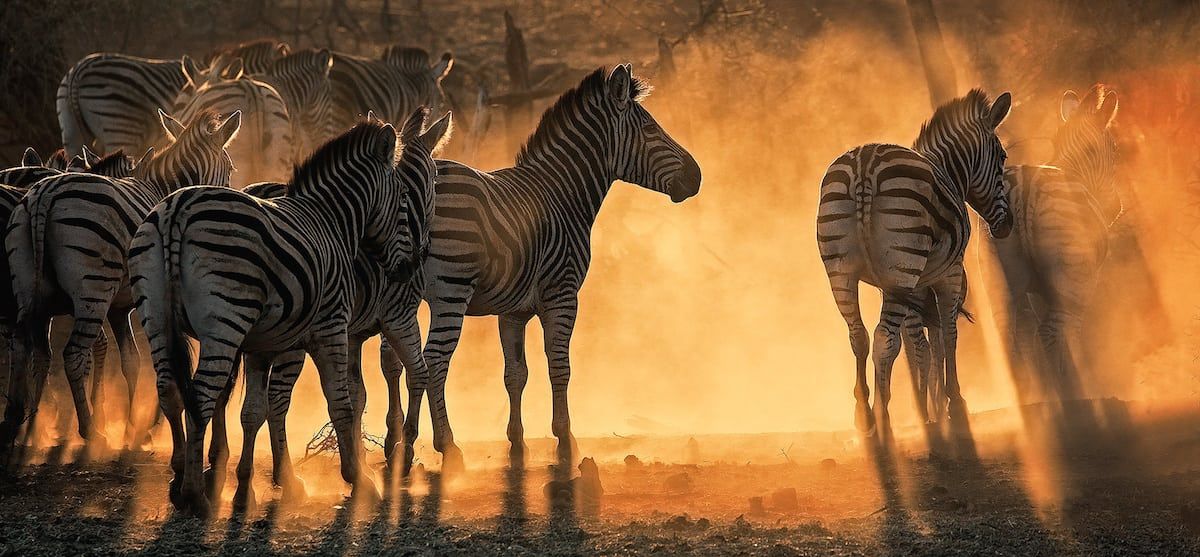
Nick, from London, who became a professional photographer in 2013, said: “The annual salmon migration is practically an all-you-can-eat buffet for bears in Alaska.
“The journey upstream sometimes covers hundreds of miles, and the fish must leap out of the water to get over waterfalls.
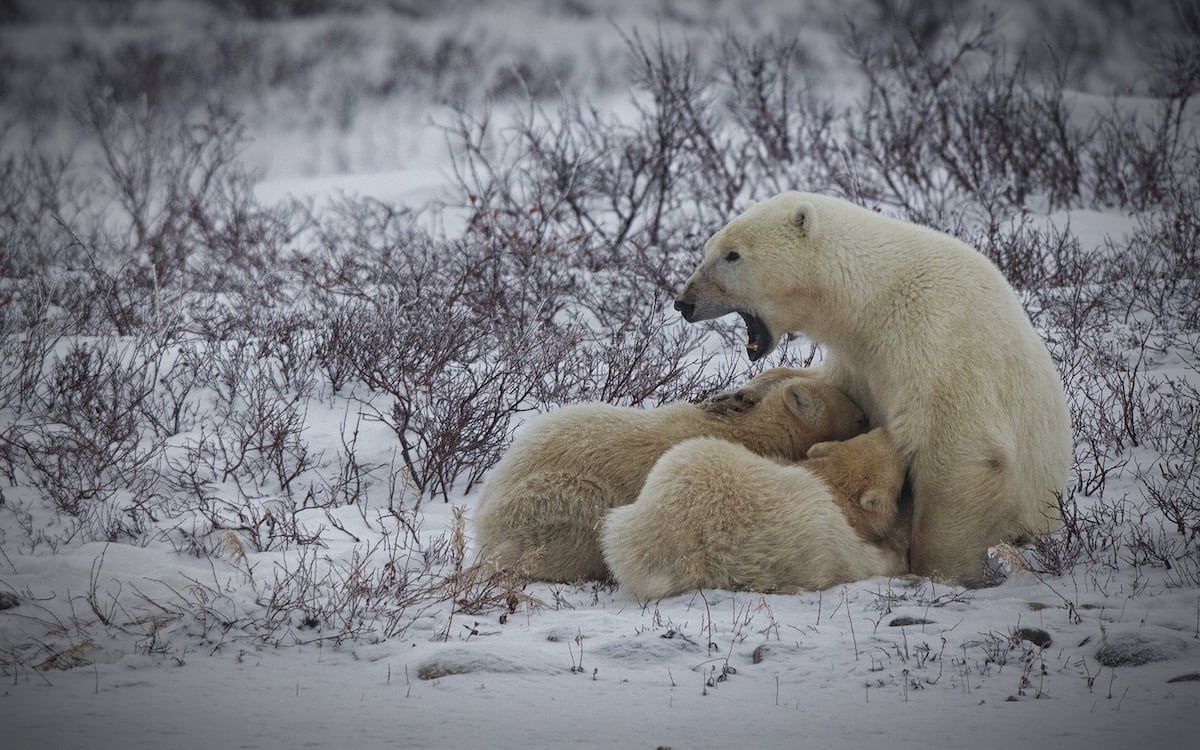
“When the bear is at the right place at the right time, dinner is served.”
He added: “This brown bear with shaggy, brown fur is about to catch a salmon in its mouth at the top of Brooks Falls, Alaska. The fish is only a few inches away from its gaping jaws.
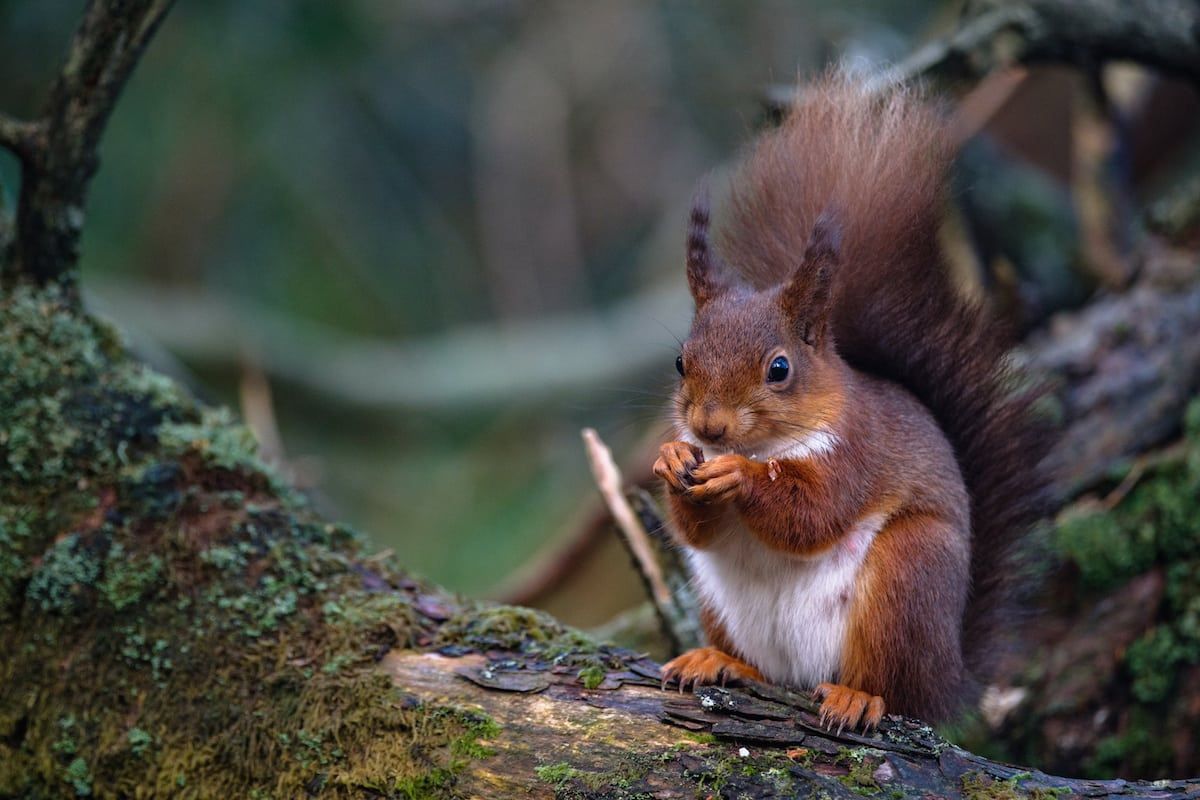
“It did end up as dinner.”
Another fish being consumed by a slightly smaller animal was this greedy grebe gulping down its food by Chris Hughes which was also highly commended.
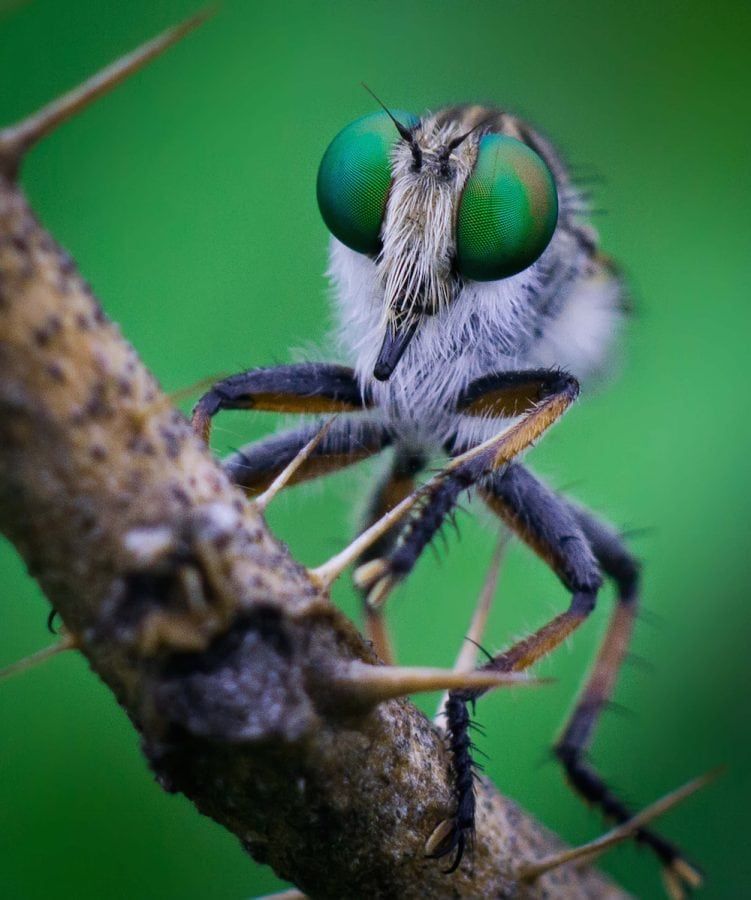
The winner of the competition, run by the Society of International Nature and Wildlife Photographers was 79 year old photographer Malcolm Blackburn.
His picture of zebras at dawn beat off hundreds of entries to net him the top prize.
Malcolm, from Derbyshire, said: “It was our last day at at the Zimanga Game Reserve, situated in KwaZulu Natal, South Africa.
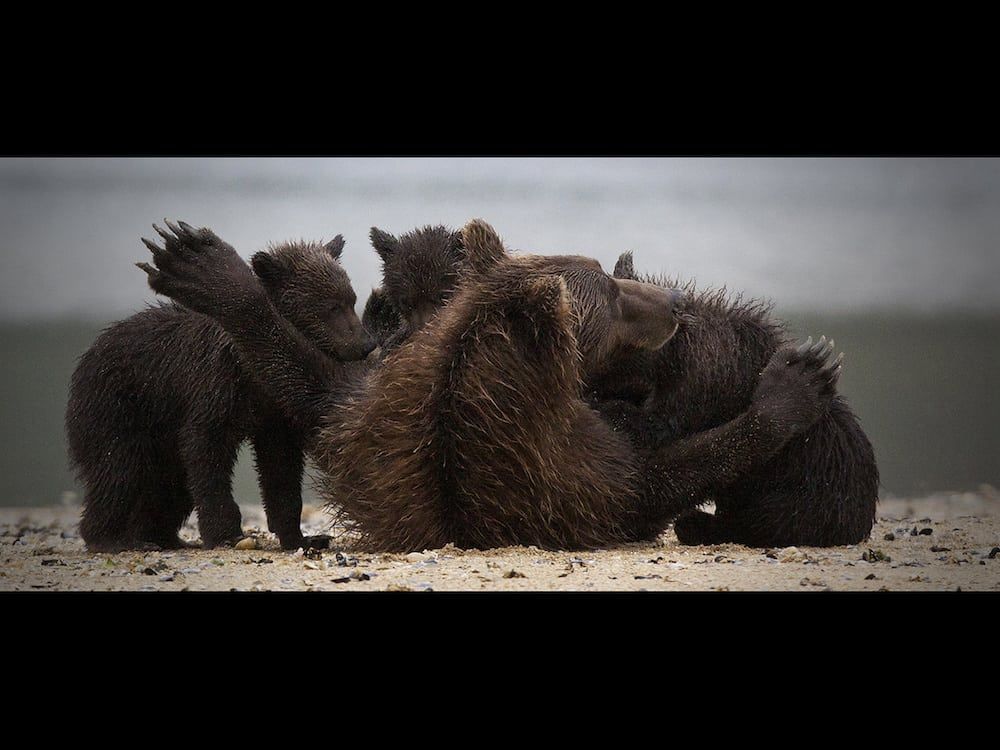
“We came across a group on Plains Zebras about 6:00 am on a very dry area.
“As we slowly drove towards them, they became nervous and moved off slowly, raising a significant dust cloud with the sun behind them giving this magical aurora effect.”
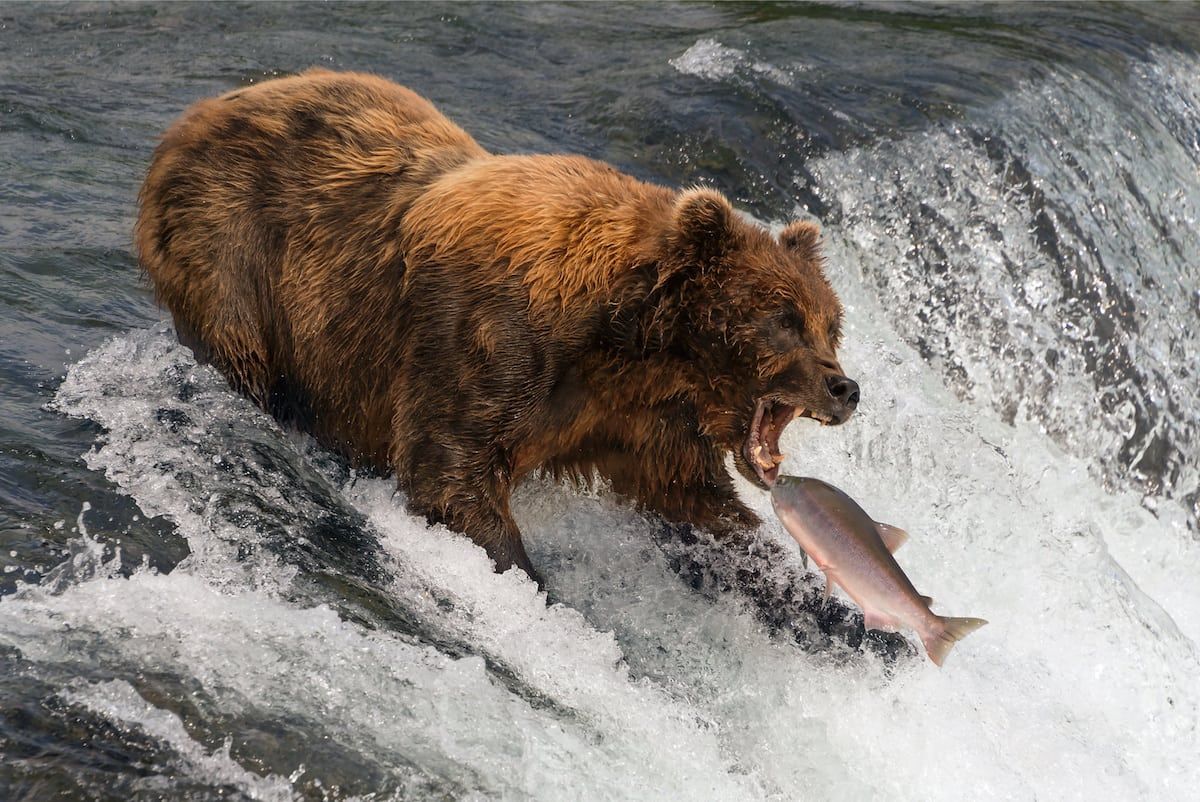
Runner-up was Ian Stone from Folkestone in Kent who took a picture of polar bear cubs suckling on their mother at Hudson Bay in Canada.
The 66 year old retired Geography teacher said: “The picture was taken on the frozen shoreline at minus 24 degrees when the pack-ice is starting to form.
“Animal behaviour is so important as it gives a glimpse into their lives and often shows compassion and the basic animal instincts we all have.
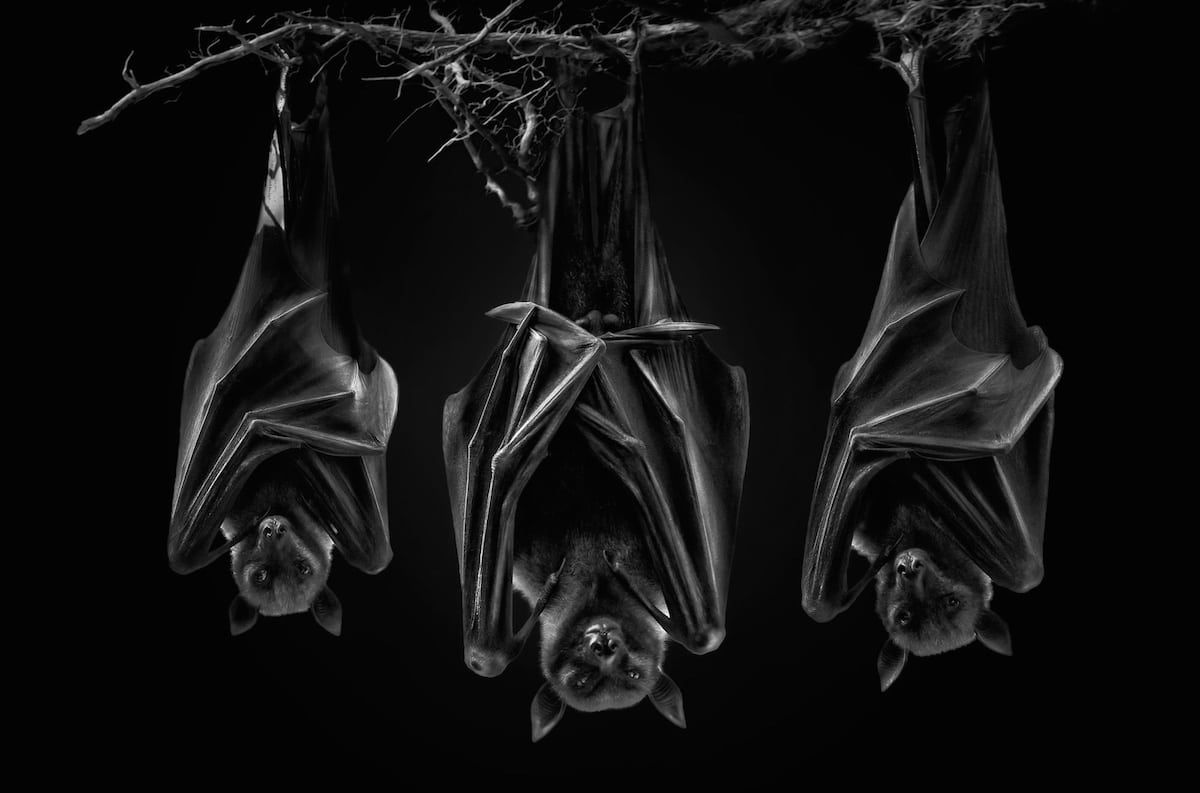
“Luck was on our side as this sow came towards us and then suddenly sat down in the willows and allowed her two cubs to suckle – not a frequent sight.”
Ian also had a picture of Grizzly suckling her cubs in Geographic Bay, Alaska,highly commended.
He said: “Conditions were wet but there was a need to get as low as possible and this meant lying in the wet sand to get the shot.
“We noticed a sow with three cubs; the sow teaching her cubs to hunt for clams in the sand.
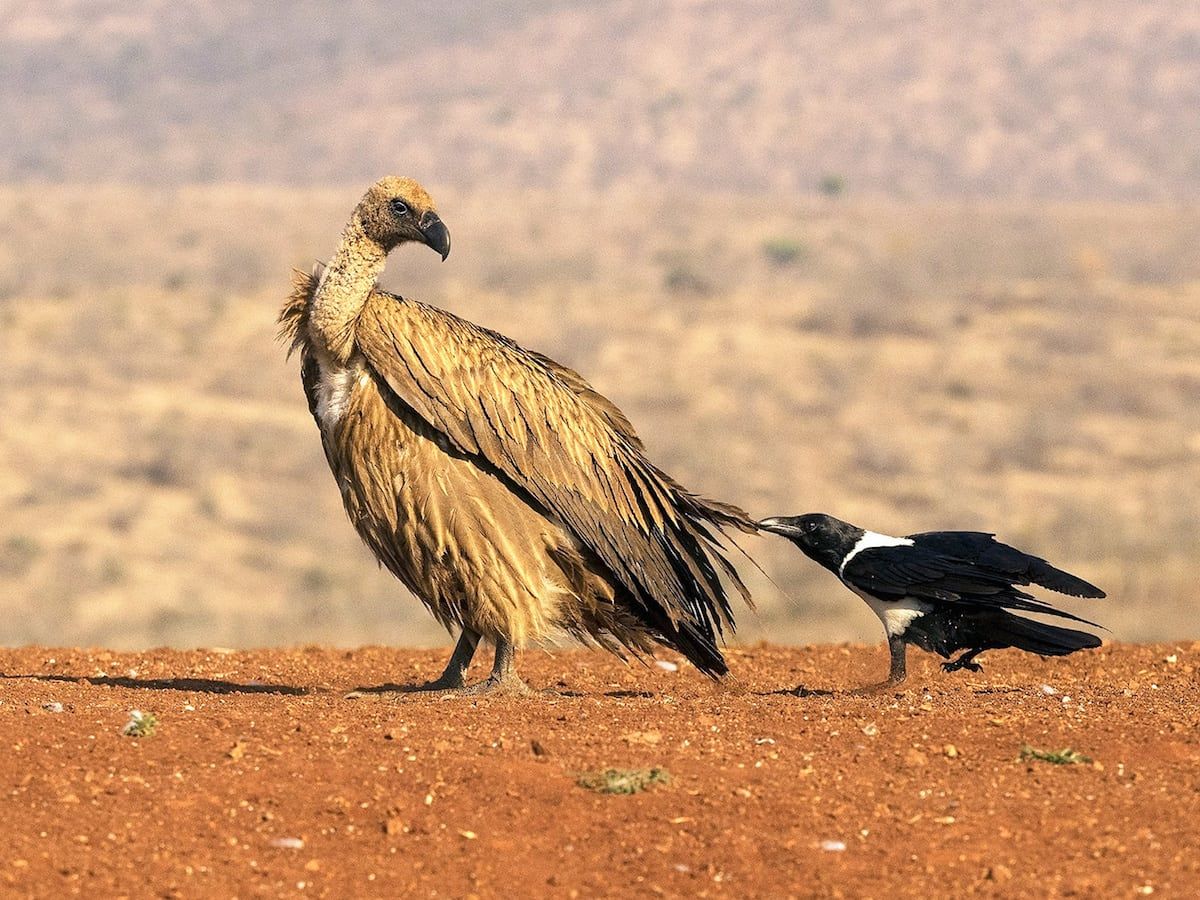
“Suddenly, the sow responded to the cubs’ need for milk and sat down to give them access.
“Not only does the image show the cubs suckling but also the sow extremely wary of the males in the vicinity with the likely threat to her cubs.”
In third place was Northern Irishman Lawrence Eagling who snapped a picture of a red squirrel.
The 27 year old marine biologist from County Antrim said: “I’ve been searching for red squirrels across Ireland for years and I finally spotted this elusive little creature near the village of Muff whilst exploring the North Coast.
“It was a wonderful moment which led to a magical hour watching this squirrel running around the glade collecting nuts.”
Among the highly commended shots was Peruvian Pedro Jarque Krebs’s portrait of three flying foxes hanging upside down.
The shot, taken in a Spanish zoo, had the background replaced in post production work to bring out the true nature of the subjects.
Pedro said: “I chose to shoot it in black and white because in my opinion it expressed better the world of bats, a world of lights and shadows, black and white, darkness.
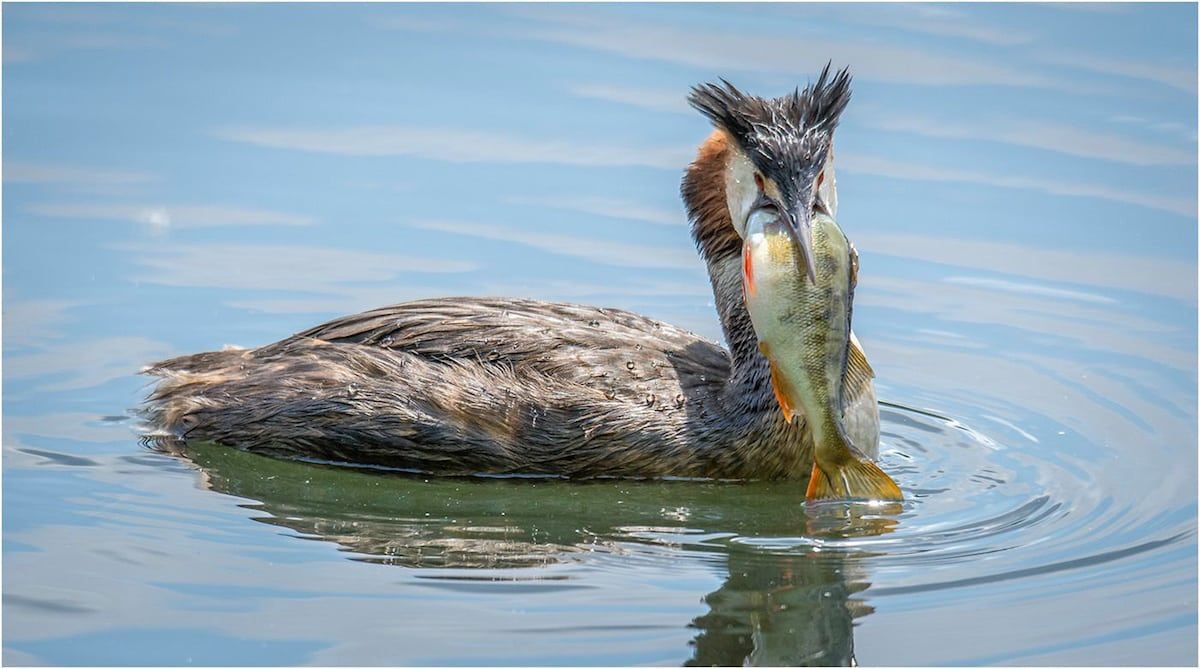
“I shot this image in particularly adverse light conditions. Luckily, the bats were in between naps.”
This close-up of a robberfly in India was taken by Harsh Shah, an engineering student from Gujarat.
He took the picture in his garden following a shower during the monsoon season.
Harsh said: “I like macro photography because it reveals the details of those tiny beings which are always present around us but we never see the details of them.
“In this shot I wanted to show the details and bright rainbow colours of its eyes which is not possible to see by naked eye.”
Lenny Smith, from Banffshire in northern Scotland, was highly commended for his shot of a nervous mouse teetering on the edge of a pipe.
And finally Brit photographer Alan Wilson took this snap of a cheeky pied crow getting the attention of a white backed vulture, for which he was highly commended.
Phil Jones, the Societies CEO said: “The competition saw some great images of animals in their natural environment.
“Malcolm’s image was chosen as the winner as it captured the theme brilliantly’’
https://www.thelondoneconomic.com/entertainment/amazing-wildlife-pictures-competition/17/07/

